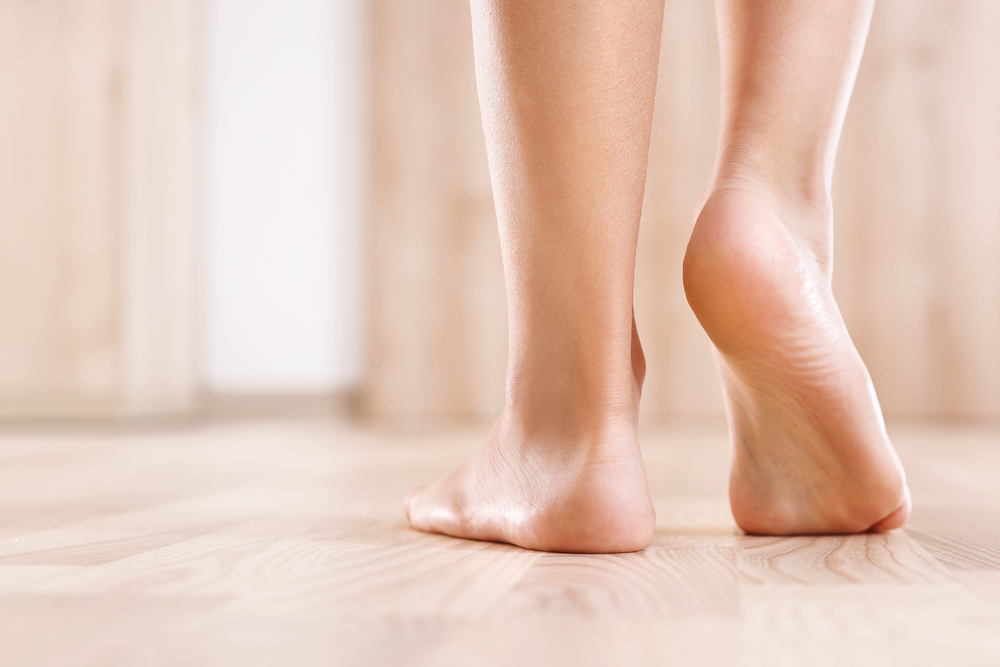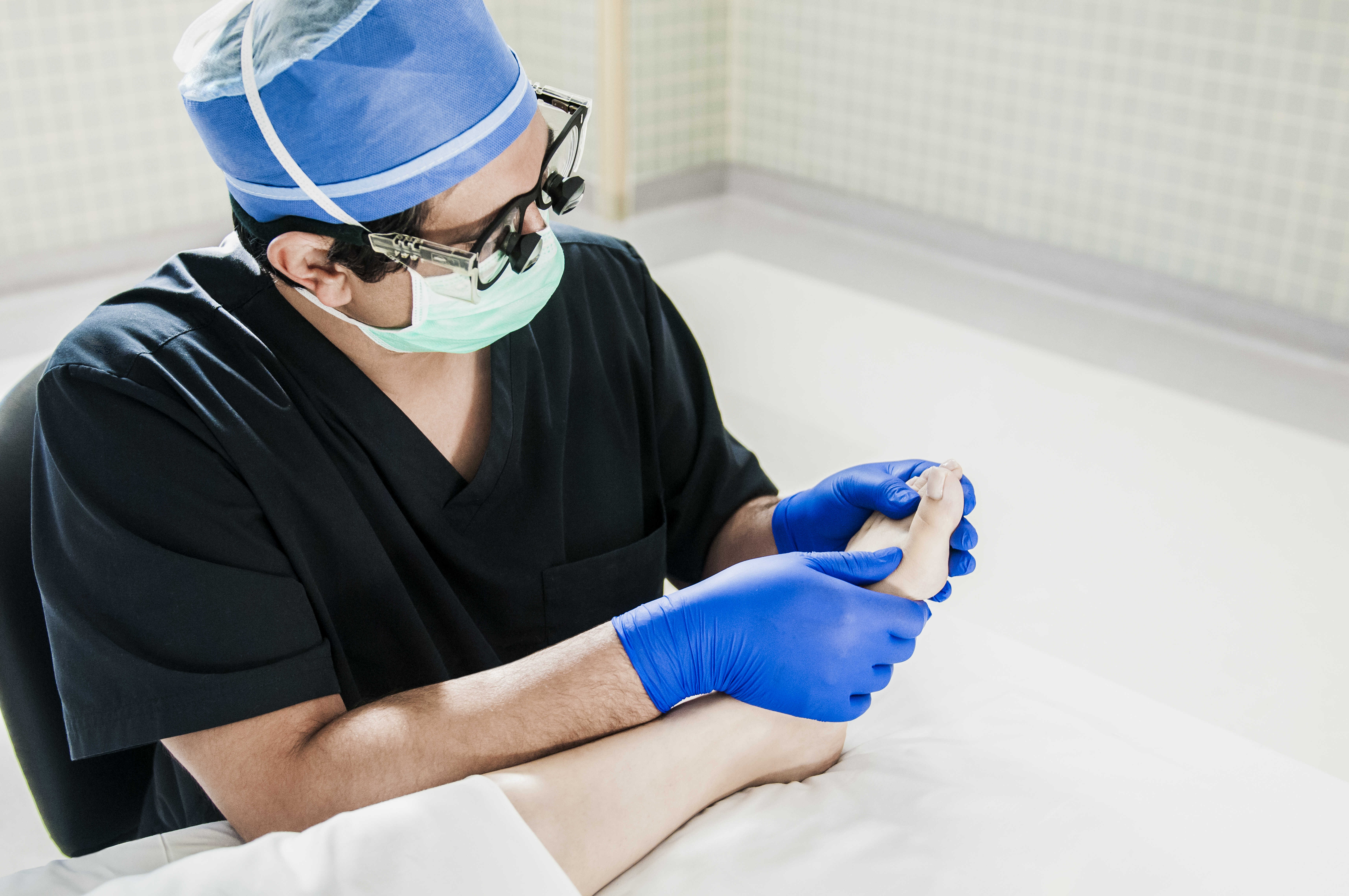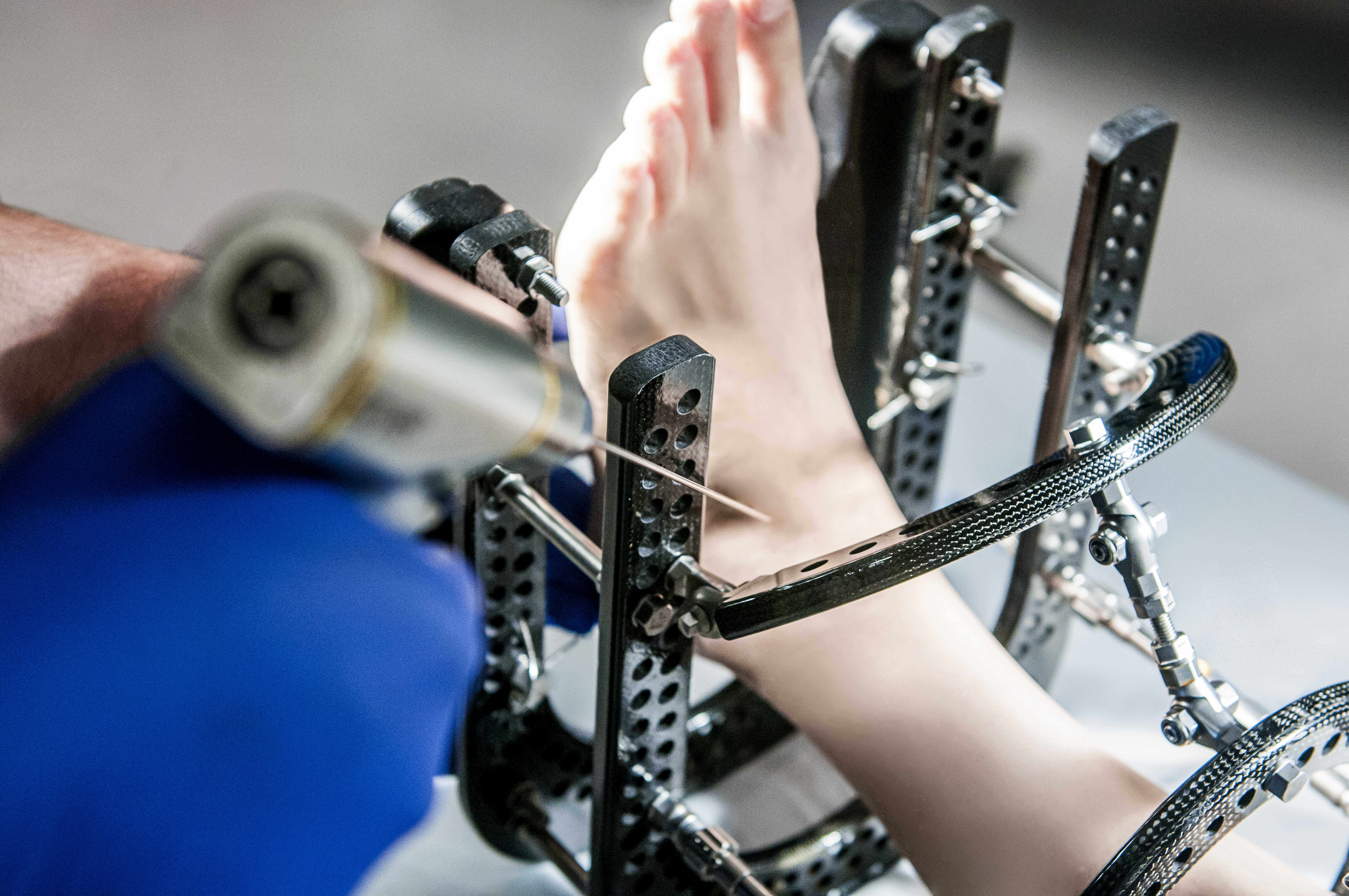
Acquired Flat Floot in Oxnard & Northridge
For some people with a flatfoot, surgery is an appropriate option when non-surgical approaches have failed to provide adequate pain relief. The goals of flatfoot surgery are to improve function, correct the misalignment of the foot, and decrease pain. Many different surgical techniques are available to correct a flatfoot, and one or a combination of procedures may be needed to relieve the symptoms and improve foot function. In selecting the procedure or combination of procedures for your particular case, your surgeon has taken into consideration the extent of your deformity based on x-ray findings, your age, your activity level, and other factors. The various techniques available to surgically treat a flatfoot can be grouped into three major categories—soft tissue rebalancing, osteotomy, and arthrodesis.
Soft Tissue Rebalancing:
Soft tissue balancing for a flatfoot involves either tendon lengthening or tendon transfer procedures. Tendon lengthening is an option for patients whose Achilles tendon is shortened and therefore contributes to the flatfoot deformity.
- The short, tight tendon is lengthened through the particular technique the surgeon has chosen based on the extent of the deformity and other factors.
- As a result of the tendon lengthening, the heel is able to correctly reach the ground when walking.
Tendon transfer is suited for patients whose tendon, such as the posterior tibial tendon, has been substantially weakened and cannot function properly.
- The surgeon takes a healthy tendon from the area and moves it into a new position to replace or reinforce the weakened tendon.
- In some cases, internal fixation hardware is used to keep the tendon attached to its new position.
- As a result of the tendon transfer, the foot is strengthened and able to move more appropriately.
Osteotomy :
An osteotomy is appropriate for patients who have a more complex case of flatfoot but still have some range of motion. This procedure involves the cutting of bone, in one or multiple places, to correct the misalignment of the foot.
- The surgeon will make a cut in the bone in one or more locations.
- In some cases, a bone graft may be used, which involves inserting new bone or replacement material into the area to realign the bone and foot.
- Internal fixation hardware may be used to secure the newly aligned bone or bones.
- As a result of the osteotomy, the foot is correctly aligned, which allows for improved function.
Arthrodesis:
Arthrodesis, also called fusion, is intended for patients whose flatfoot has become rigid, cannot move properly, and is now accompanied by arthritis in the rearfoot. Arthrodesis involves realigning the bones to change the structure of the foot and removing one or more joints to fuse them in appropriate alignment. The surgeon will determine whether one, two, or three joints in the foot need to be fused, depending on the patient’s specific foot structure and deformity.
After making an incision, the surgeon:
- Removes the cartilage in the joint
- Realigns the joint to a corrected position
- Inserts fixation hardware to secure the joint to allow for fusion
- Closes the incision with stitches and applies a sterile bandage
Recovery :
Recovery from flatfoot surgery generally takes 6 to 12 weeks. During a portion of this period, weight bearing will not be permitted on the operated foot.



